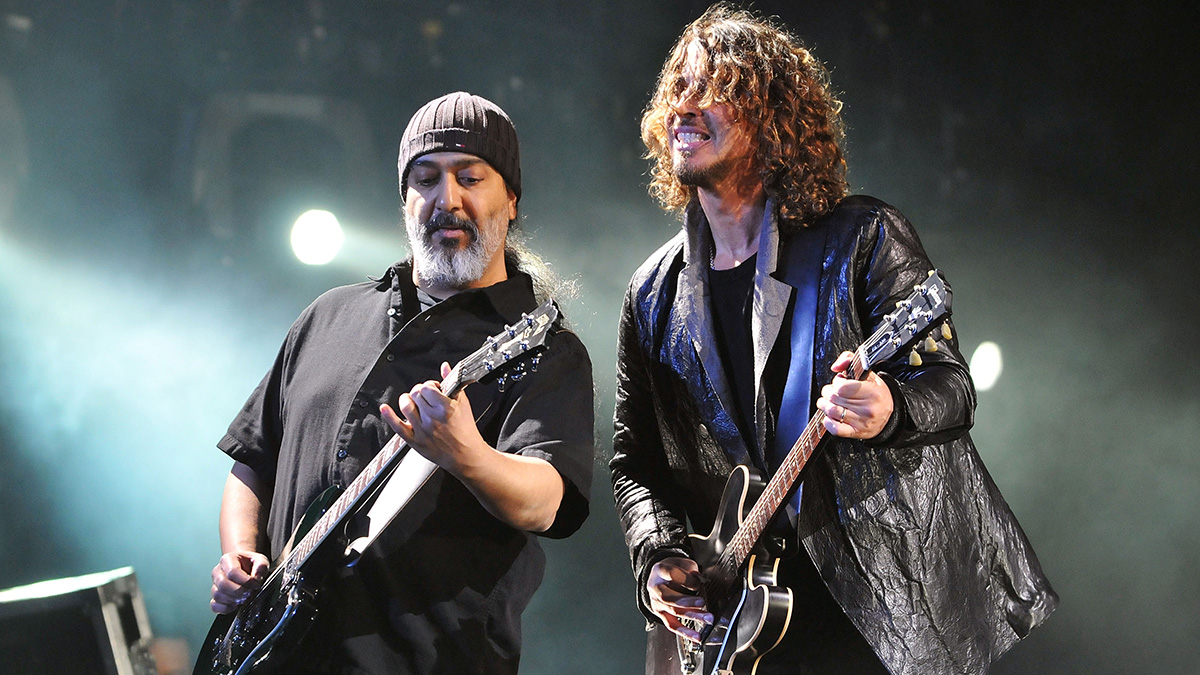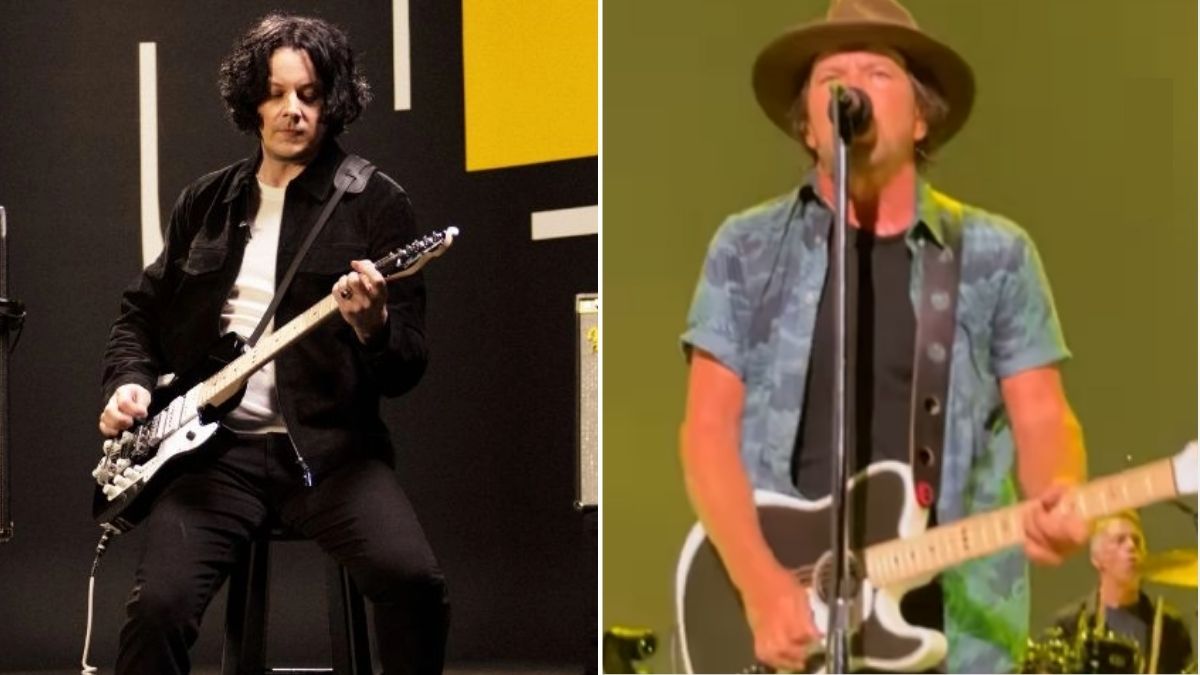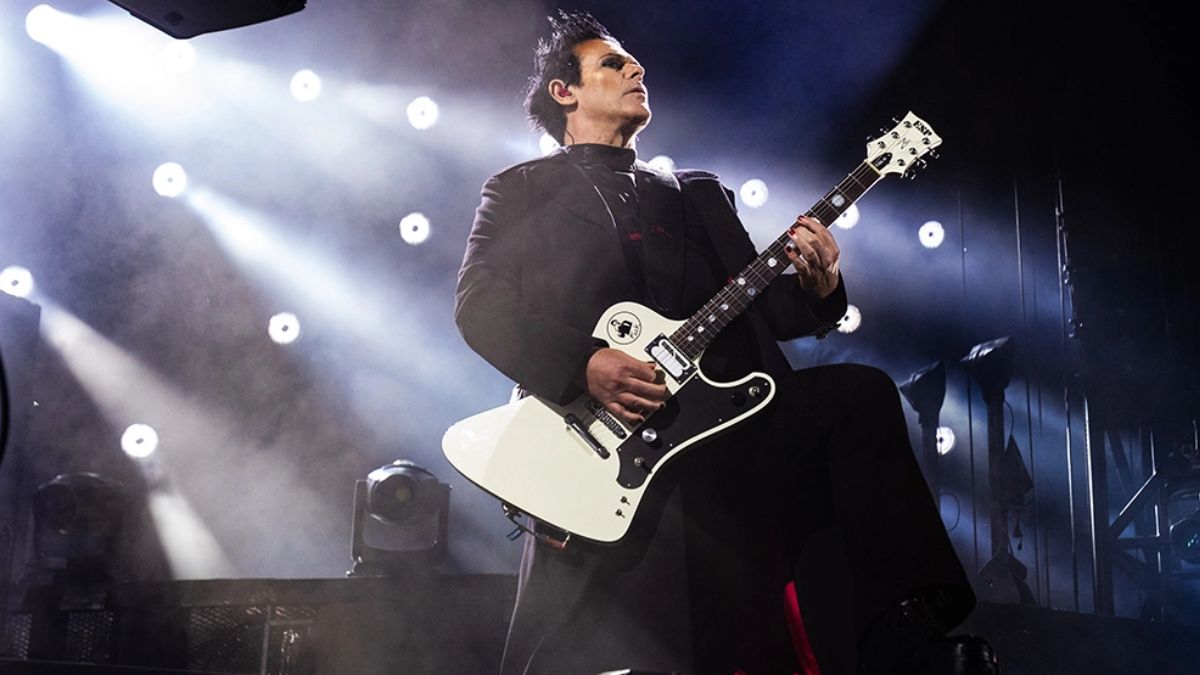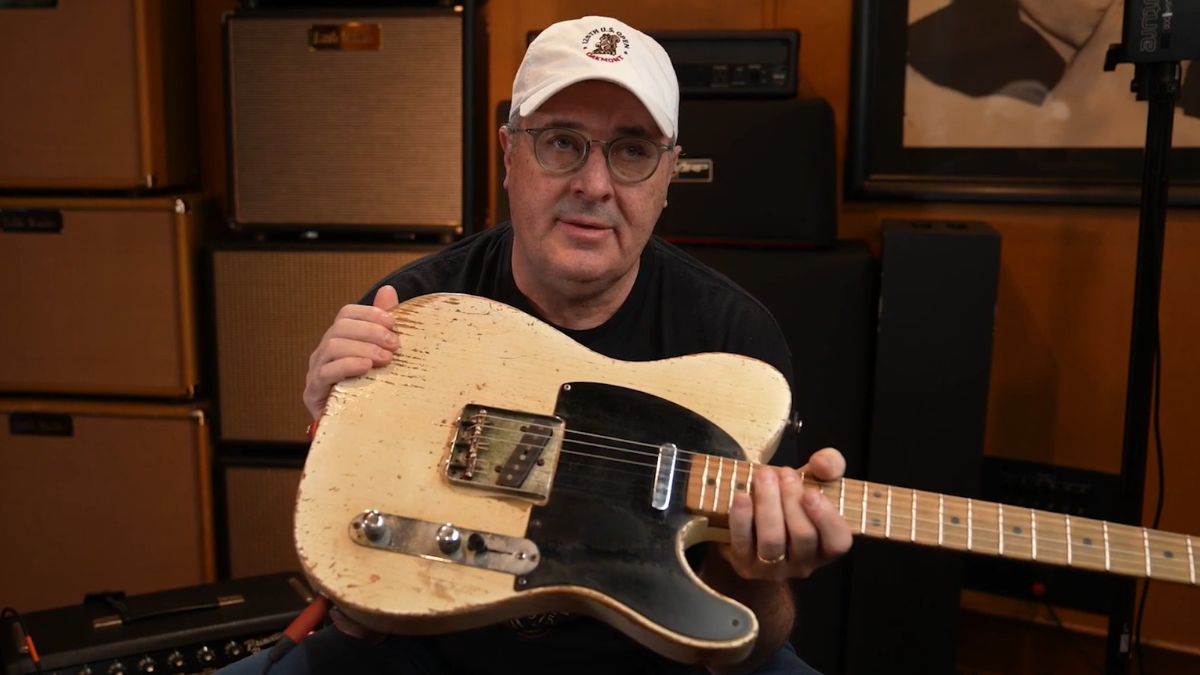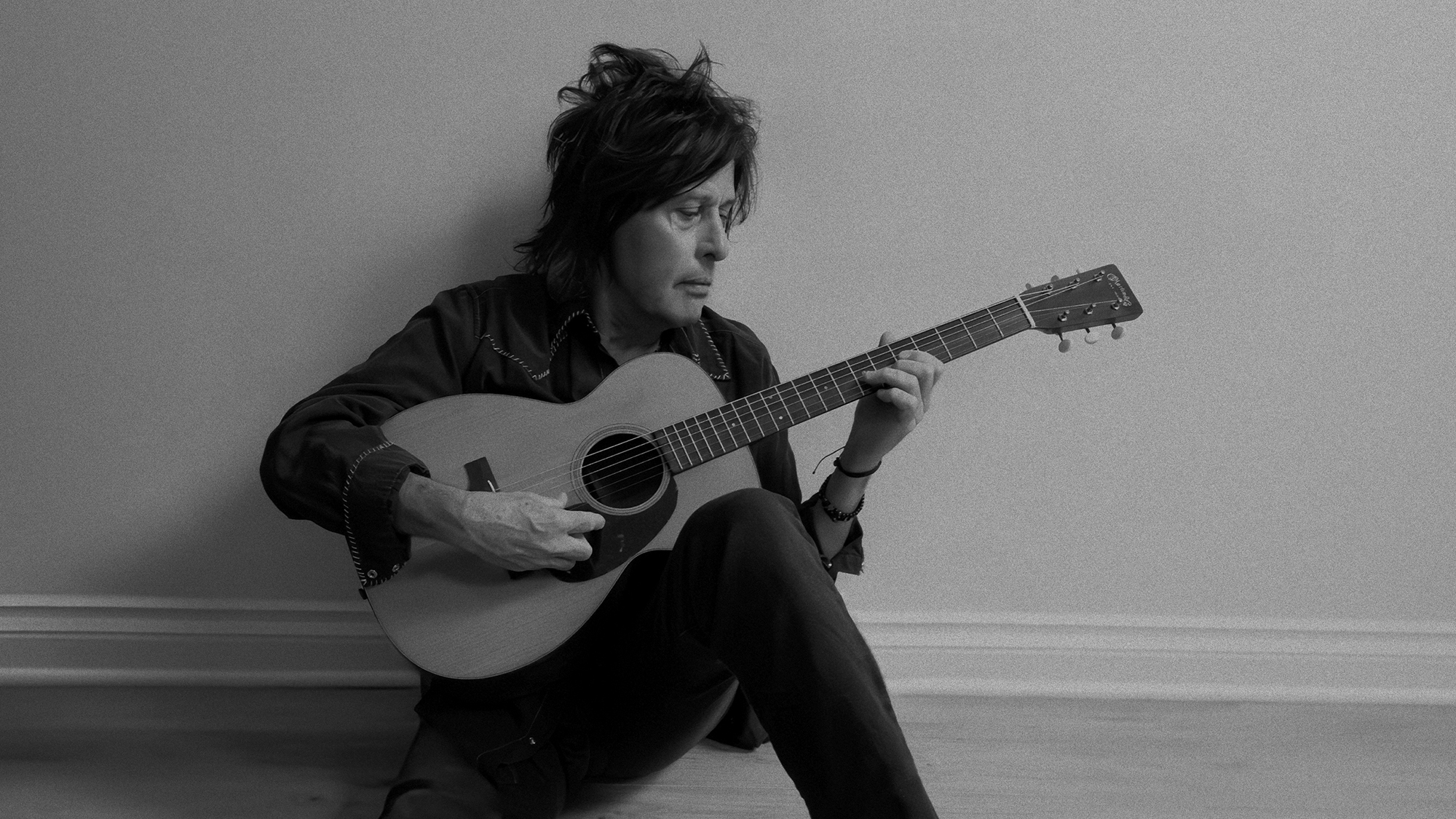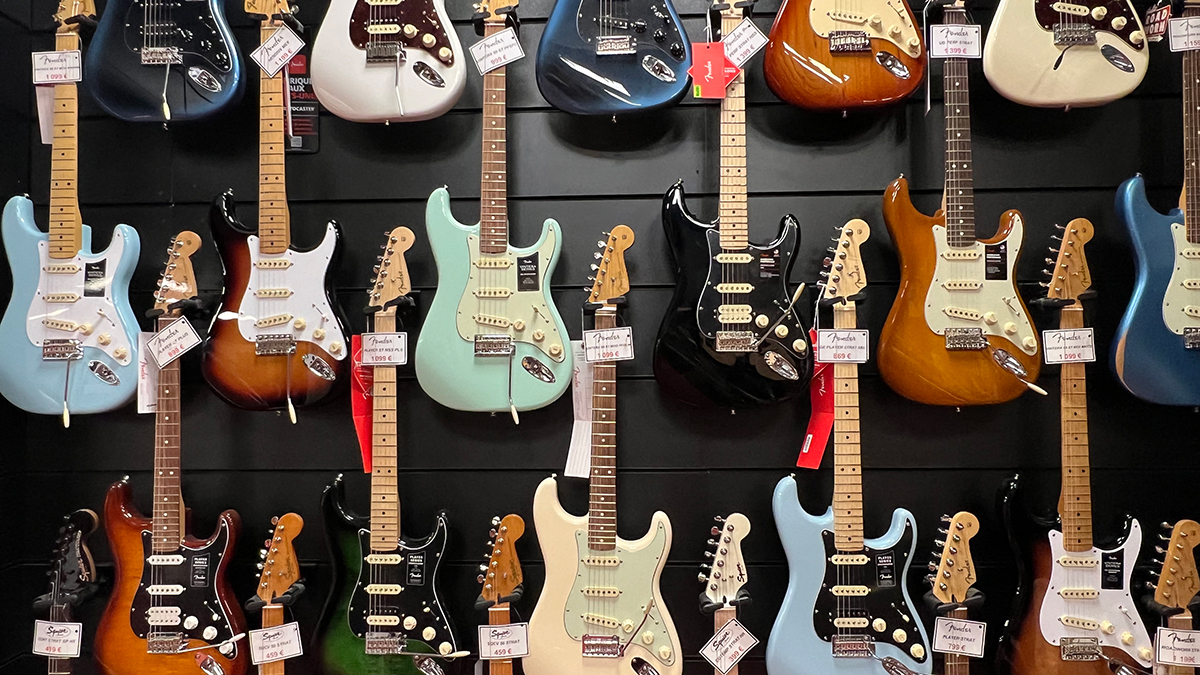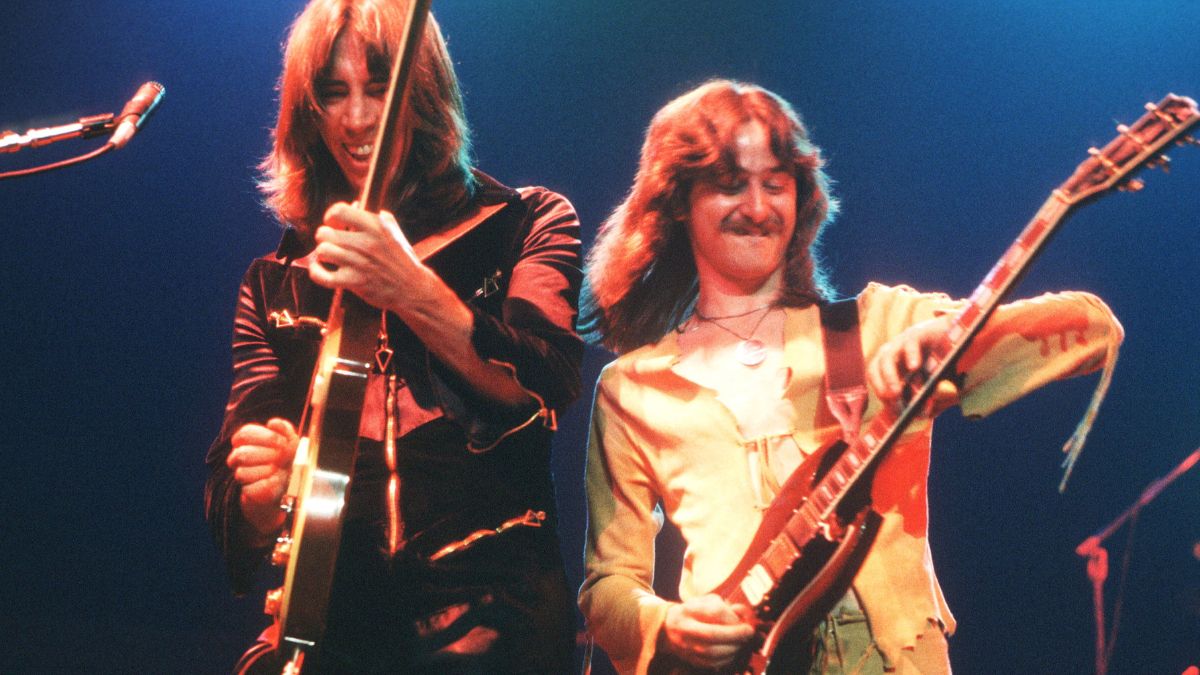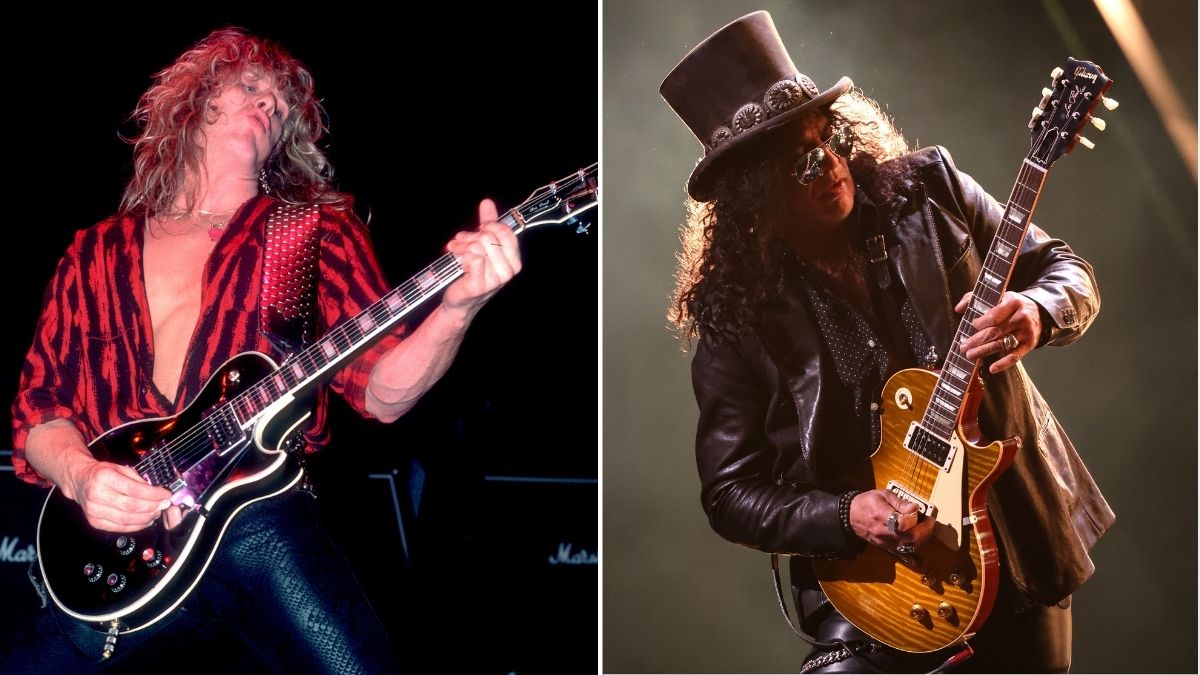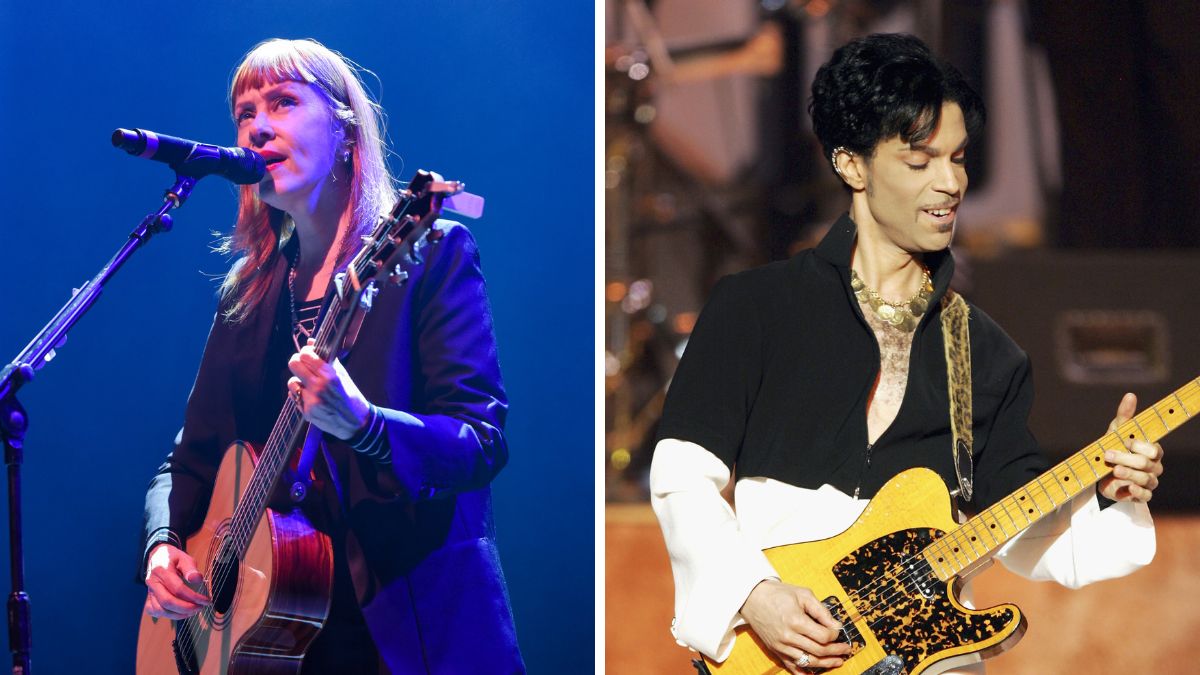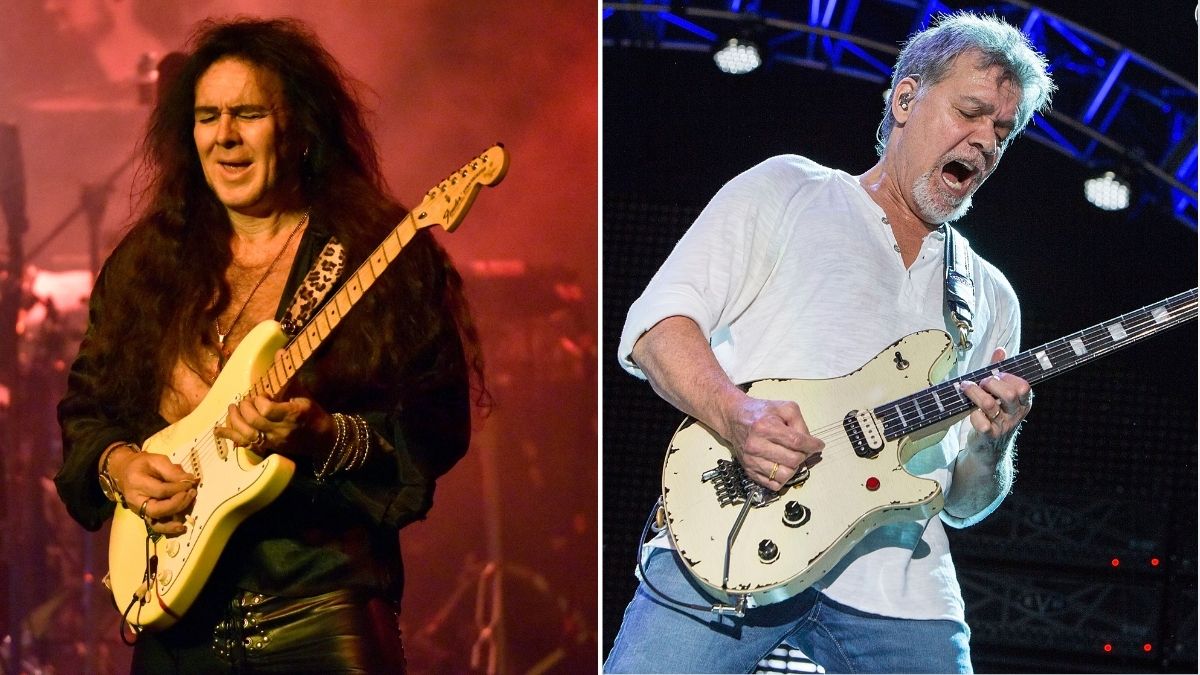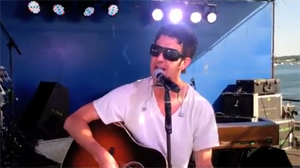
I started out predominantly as an acoustic player, but when I formed my band in 1993 I knew that was going to change.
At the time, my main stage guitar was a 1939 Dobro. I had a D'Armond pickup off an old Silvertone installed near the bridge, but as always, there were a lot of problems trying to amplify the sound of a Dobro into an electric setting. Point of story? It was time to get that electric guitar going.
Plug in and play. That's how I've always been.
I take my acoustic style and apply it to my electric work. I'm not a tech guy and for better or worse, I definitely admit this. I just want to plug in and play. When you go electric, you are really using two instruments, your guitar and your rig. Whether your rig consists of 40 pedals into a wall of amplifiers or just a chord into a tube amp, you have to learn your rig, shed on your rig and know how to get the best sounds out of it as possible.
My original rig was that Crucianelli guitar I wrote about a couple of weeks ago. Plugged straight into a late-'60's Ampeg Reverbarocket II. That old Ampeg really had a sound on it, man. There's nothing like the sound of old tubes getting warm and that natural overdrive you can get from a vintage amp. That's a good starting place. Go get a vintage tube amp.
The Ampeg Reverbarocket II had a really unique sound, and my favorite part of the Ampeg sound is the tremelo/vibrato and reverb foot switch that is built in to the amp. That's the sound. That Ampeg Tremolo sound is unique to Ampeg and it really gave me an electric sound and tone right away. That's how I rolled for many, many years. The Crucianelli or the Dobro straight into the Reverbarocket.
On my tours across the country, I would scour music stores and pawn shops looking for those old Ampegs. The road basically eats up equipment so you have to keep searching for these amps. They go down, they get fried, tubes blow out, they get dropped. You gotta have a backup, man!
Get The Pick Newsletter
All the latest guitar news, interviews, lessons, reviews, deals and more, direct to your inbox!
As the years have dripped by, my sound palette has grown. I've experimented with a lot of different amps and pedals. I always want to get a sound that is ... well ... Down and Dirty. My guitar tech, Frank Carracia, aka The Big Skrimp, has really helped me dial in my sound a lot. Over the past five years, my sound palette has really grown and I incorporate four amps and up to 10 guitars into my rig. As I've gotten more in tune with my rig, I have grown as a performer.
With sound it's all about colors and textures. I may lean on certain pedals all night; some nights I may just use a pedal for one chorus of one song. Just as a chordal movement in a song can captivate your audience’s attention, so can stomping that stomp box and flipping the sound up. To me that's what this is all about -- connecting with …engaging and captivating your audience; 45 minutes or three hours is a long time, so you've constantly got to be changing the sonic environment to help the show achieve a euphoric state.
Have a look at this breakdown of one of my recent electric rigs from Mike Hannigan's blog, The Rig.
Another point I wanted to reiterate about the rig is that your rig is, in fact, its own instrument. So it really pays off to shed on it, experiment with it, dial it in and give it time. You'll find that certain sounds work better in practice, and certain sounds work better in the studio or onstage. You have to constantly make adjustments.
Remember, your sound is always a work in progress, so keep progressing. Give that rig some love and it will love you right back. Nothing makes you feel as good as when that rig is singing. Now you got it!
Today we touched down in Portland, Maine, to play State Pier, which is always a big and energetic crowd that brings out the best in me. I had the chance to walk through my current rig with Skrimp. Have a look at this footage.
- Good luck on the rig. Keep jamming! G
G. Love, aka Garrett Dutton, has been the front man and founder of the alternative hip-hop blues group G. Love & Special Sauce since their inception in 1993. Widely known for his upbeat hits "Cold Beverage," "Baby's Got Sauce" and "Hot Cookin'," G. Love returned to his blues and country roots on his latest release, Fixin' To Die (Amazon, iTunes), produced by Scott and Seth Avett. A road dog if one ever existed, G. Love performs roughly 125 shows a year all over the world including Australia, Japan, Brazil, UK, Canada and the U.S. G. Love teamed up with Gretsch to create his own signature model, the Gretsch G. Love Signature Electromatic Corvette, which features a pair of TV Jones Power'Tron pickups, deluxe mini-precision tuners and a cool Phili-green color scheme with competition stripe that would make ANYONE from Philadelphia proud! Check it out here.
"Upgrading from your entry-level acoustic opens the door to an entirely new world of tonewoods, body shapes, and brands": 6 signs it's time to upgrade from your first acoustic guitar
"I'm past my prime": 5 common excuses for not learning the guitar – and 5 body and mind-boosting reasons you should
